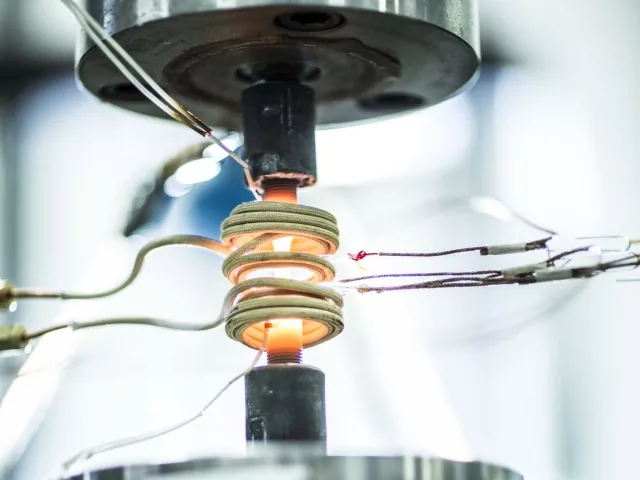

Why are Thermal Platforms a good alternative to traditional convection temperature chambers?
There are many reasons thermal testing on products is required.
Primarily to verify that the product will work properly in the environment (thermal and otherwise) that it is intended to perform. Sometimes, also to discover end-of-life issues for products, maximize performance or to weed out early failures that might result in product failures
For reasons primarily of simplicity and ease of use, the most widely employed method of forcing products to temperatures for thermal testing is a (convection based) temperature chamber.
According to laws of Thermodynamics, heat transfer (in and out of a product) is accomplished through one or more of the three following methods. Conduction, convection and radiation.
Convection, as in a standard temperature chamber, while considerably less effective is often used exclusively for the testing of thermal environmental testing. Technically speaking the heat transfer method is described as forced-convection or Advection (see equations there) where heat is transferred by circulating air past the source of heat and subsequently past the device under test. Employing a temperature controller sensing the air temperature with a setpoint of the desired temperature, temperature stability at various points can be achieved.
For completeness, Radiation should be mentioned as well. For most environmental testing applications other than thermal vacuum where convection or physical contact is not possible radiation is not the best choice. Temperature control by radiation is not as easily managed.
Thermal Platforms as an alternative to chambers brings fast test times and efficiency of lab provisions (space, HVAC load, maintenance, electricity, cryogenic fluids when required). Platforms with advanced temperature algorithms can achieve temperatures quickly and efficiently by monitoring both the platform and device temperatures.
Thermal platforms have issues to be considered as well. First of all, for the promised great improvement in heat transfer, good thermal contact is required. Many electronic devices either already have a flat conductive surface or can be readily fixtured to provide a good thermal path to the device. If that is not the case, a traditional convection temperature chamber or Hybrid Benchtop Chamber; that is one that combines the benefits of convection and convection to achieve greater performance may be in order.
Significant additional improvements of the processes of thermal test are achieved through proper application of easy to use automation features. Advanced features such as control algorithms that can directly read the device temperature have been available for many years but are now made easier to implement with modern temperature controllers like the Synergy Nano controller.
Ease of use from a high quality instrument such as this allows numerous advantages including:
TotalTemp is happy help you find the best solution for your thermal testing requirements with helpful knowledgeable support staff.



















